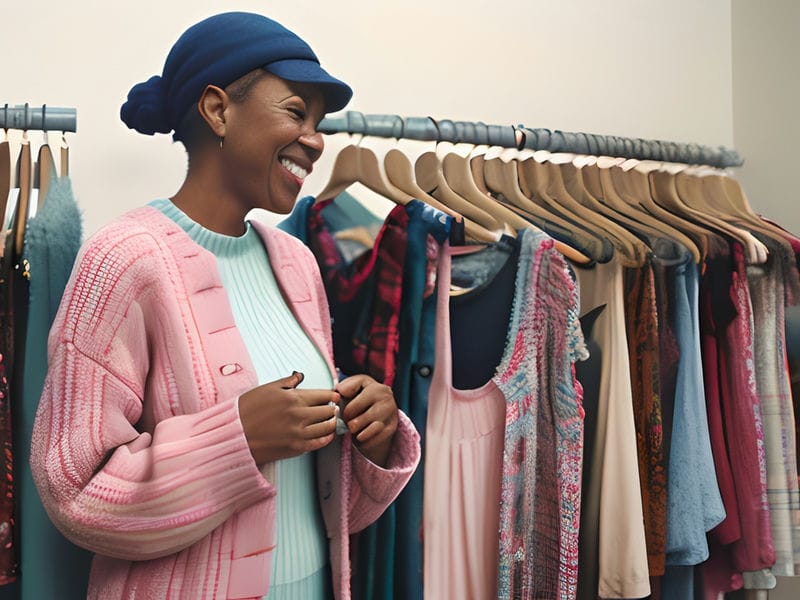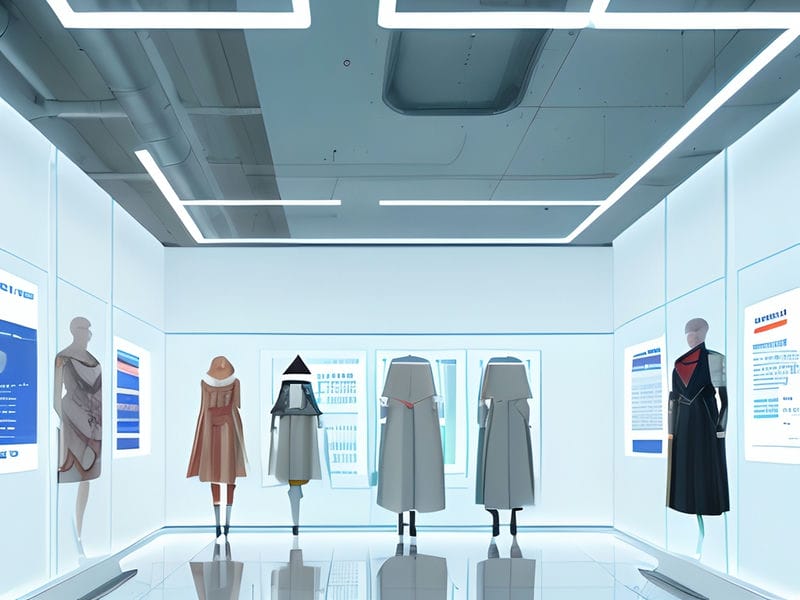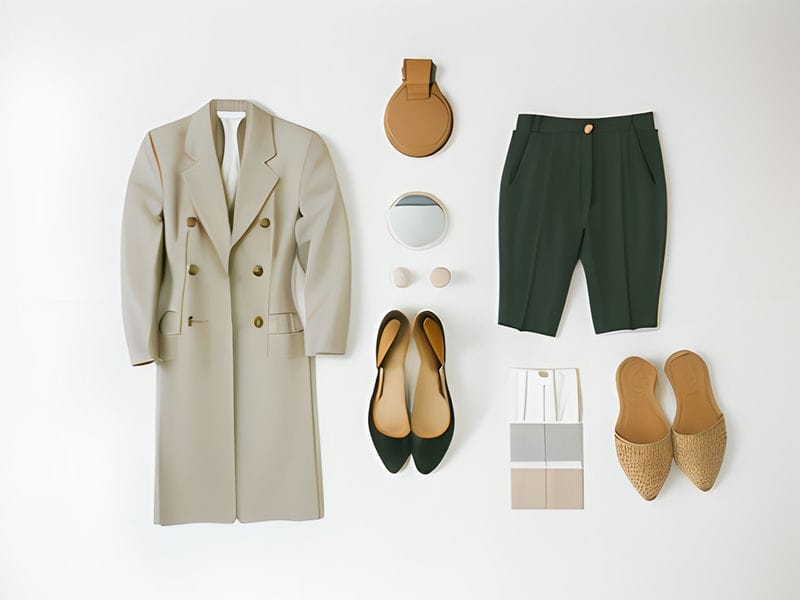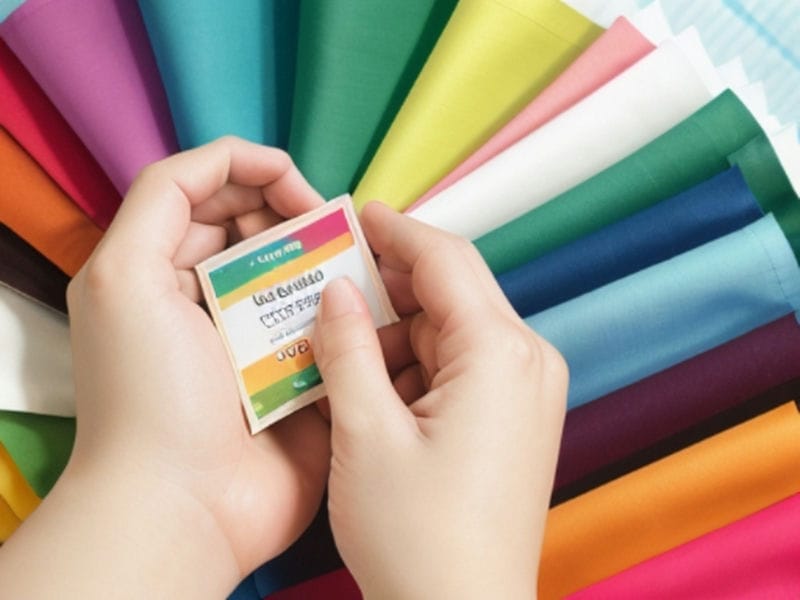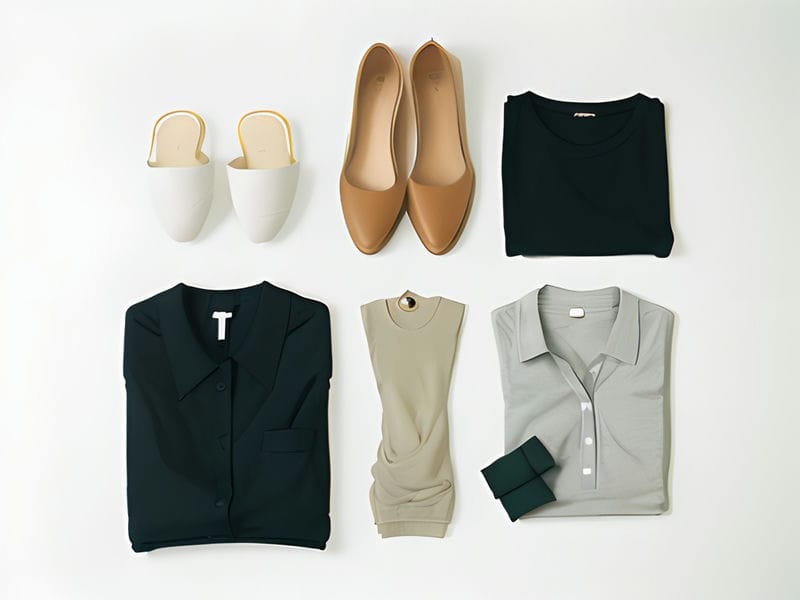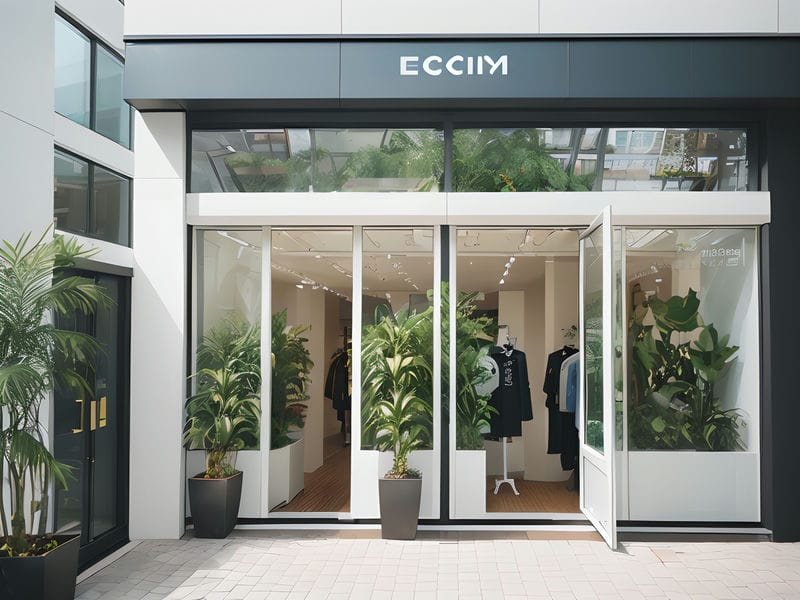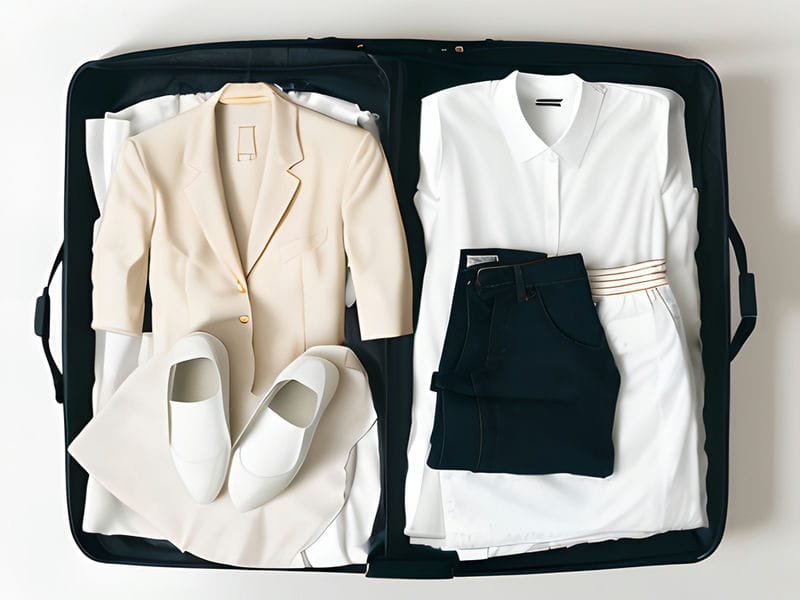
How Shared Economy Models are Transforming Fashion
The shift from traditional retail to online sales channels
In today's fashion industry, shared economy models are revolutionizing the way we consume and interact with clothing. Key players and platforms are emerging to facilitate the sharing of fashion items, allowing individuals to access a wider range of styles while promoting sustainability and reducing waste.
Capsule wardrobes focus on quality over quantity The Rise of Direct-to-Consumer Brands in Fashion OEKO-TEX Standard. Handcrafted garments support local artisans Eco-Conscious Fashion Brand Recycled Polyester.
One such platform is Rent the Runway, which allows users to rent designer clothing and accessories for a fraction of the retail price. This not only gives consumers access to high-end fashion they may not be able to afford otherwise but also reduces the need for fast fashion purchases that contribute to environmental harm.
Another key player in this space is thredUP, an online consignment store where individuals can buy and sell second-hand clothing. By extending the lifecycle of garments, thredUP promotes a more circular economy and encourages consumers to invest in quality pieces that will last longer.
Other platforms like Poshmark and Depop allow users to buy, sell, and swap clothes directly with one another, creating a sense of community around sustainable fashion practices. By connecting individuals who share similar tastes or sizes, these platforms make it easier for people to find new homes for their pre-loved items rather than letting them go to waste.
Overall, these key players and platforms facilitating the sharing of fashion items are transforming the industry by promoting conscious consumption and encouraging a more sustainable approach to style. As more individuals embrace shared economy models in fashion, we can expect to see positive changes in both our closets and our planet.
